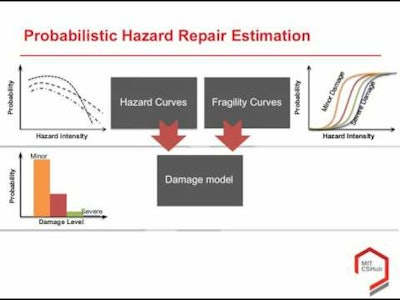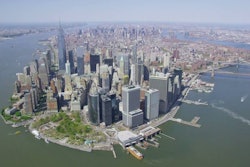
On November 16, 2016, Build with Strength, a coalition of the National Ready Mixed Concrete Association, was joined by Dr. Jeremy Gregory, Executive Director of the Concrete Sustainability Hub at the Massachusetts Institute of Technology, for an informative discussion designed specifically for reporters, bloggers and industry professionals on recent MIT research quantifying the costs and benefits of hazard mitigation in construction.
The conversation revolved around MIT’s Break-Even Hazard Mitigation Metric, an approach that can assist designers, developers and architects looking to build and re-build with resiliency in mind, specifically as it relates to the risks associated with different means of construction in regions prone to extreme weather.
“Our research is motivated by taking a life cycle perspective to be able to assess resilience and hazard mitigation,” says Dr. Gregory during the webinar. “Let’s say we’re talking about a residential structure – you may end up doing a comparison of two alternative designs: one built to a lower design standard and one built to a higher design standard. They may look exactly the same from the outside and be in the same location, but presumably, the one that is built to a lower design standard is going to have a lower initial cost…and will likely have worse energy performance and worse hazard resistance.”
The research found a $10 million non-engineered wood building is expected to face $0.505 million in hazard related damages over 50 years, while a $10 million engineered concrete building is expected to face only $0.165 million over the same period.
According to the Fifth Assessment Report of the Intergovernmental Panel on Climate Change, the global cost of climate-related disasters has dramatically increased every decade: from $50 billion in the 1960s (16 disasters) to $400 billion in the 1990s (70 disasters).
“We plan to share the information discussed today with federal legislators and state legislators, especially in places prone to natural disasters, so that they can better create laws and standards of building and stronger codes that encourage resiliency, and keep the information in mind as they build and re-build – not just in the moment – but for the potential of future natural disasters,” Kevin Lawlor, a spokesperson for Build With Strength says.


















